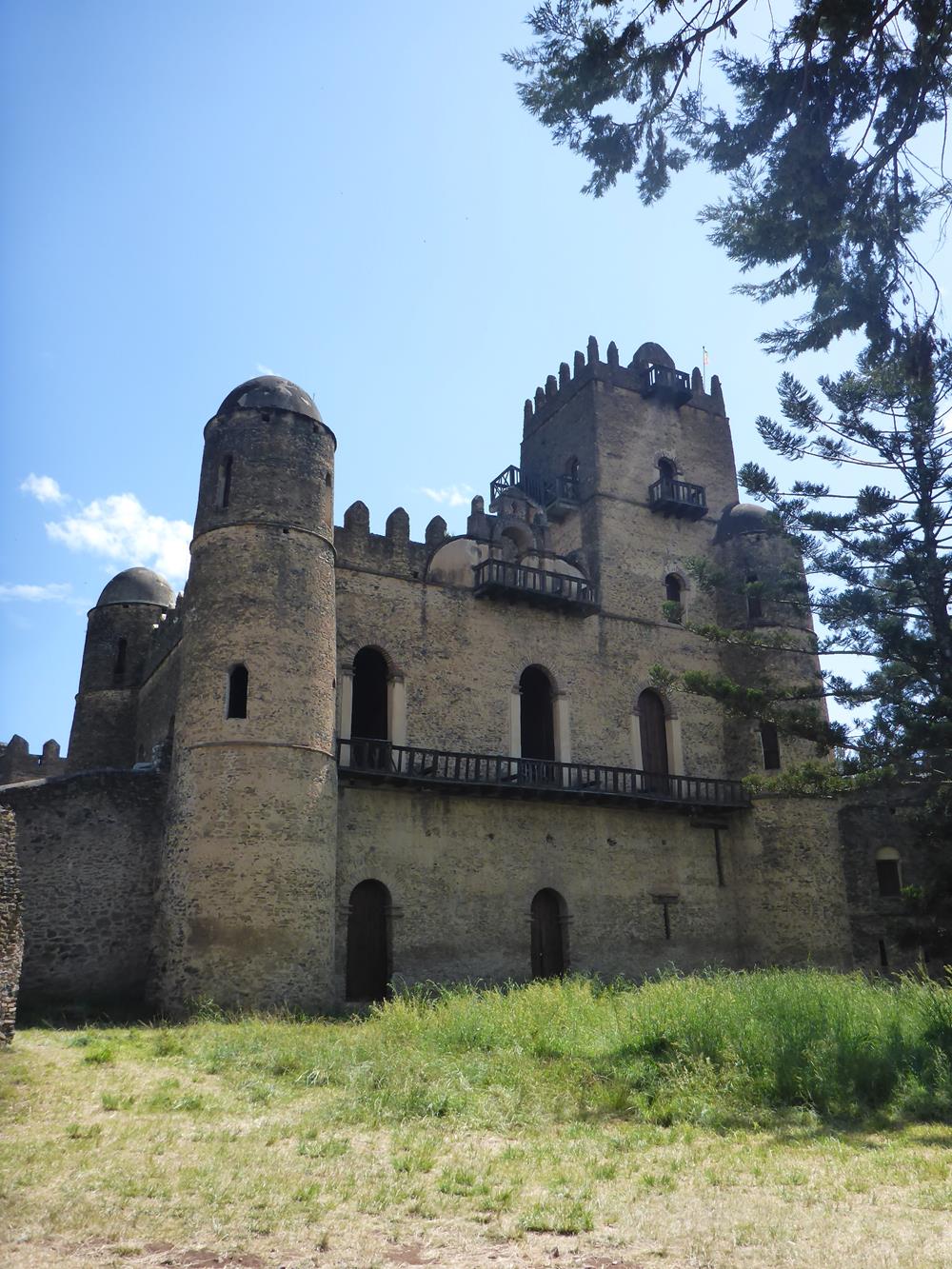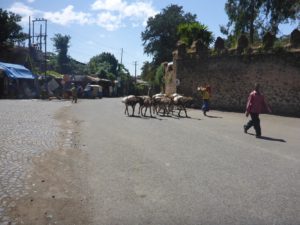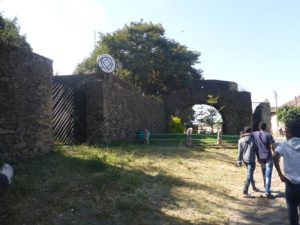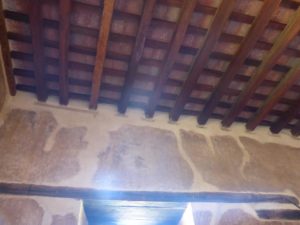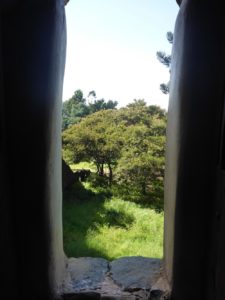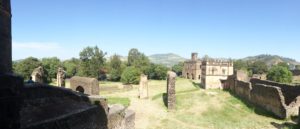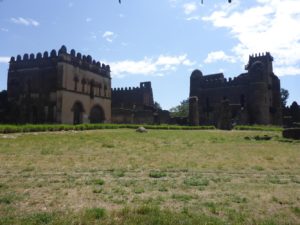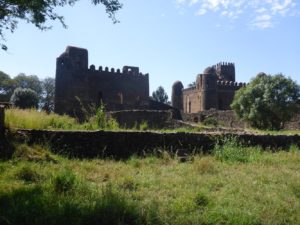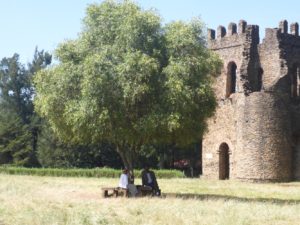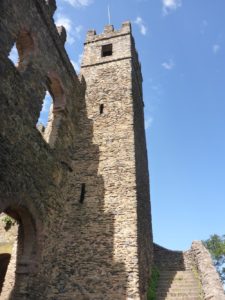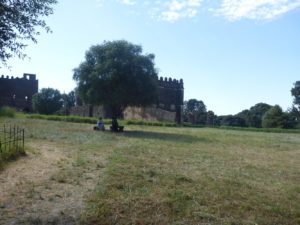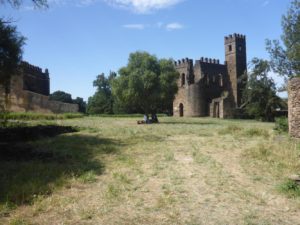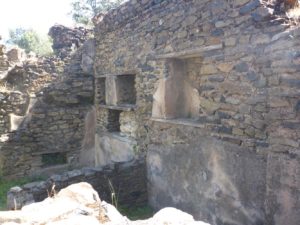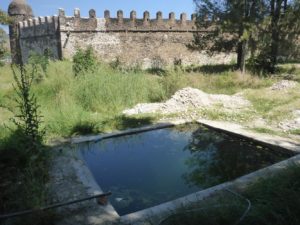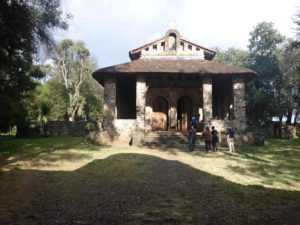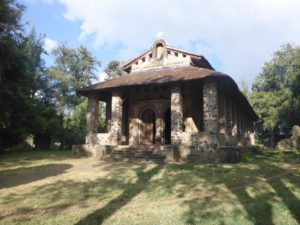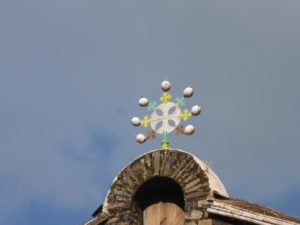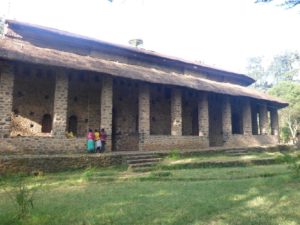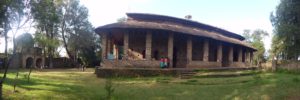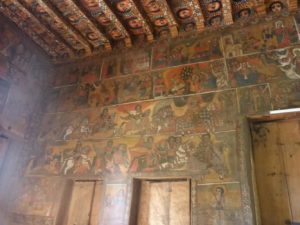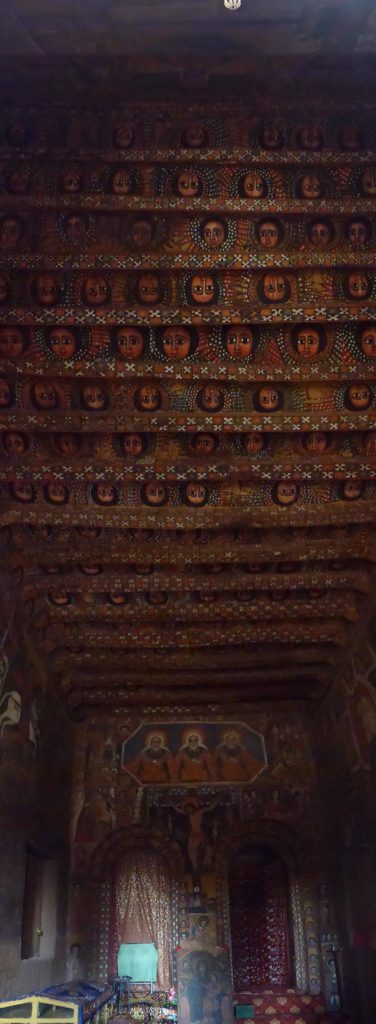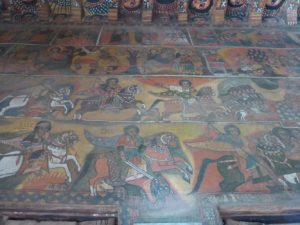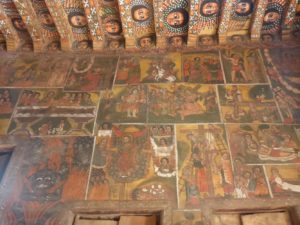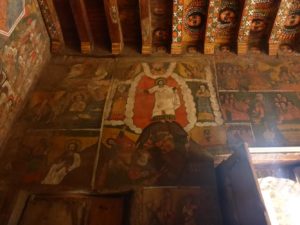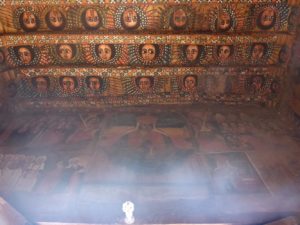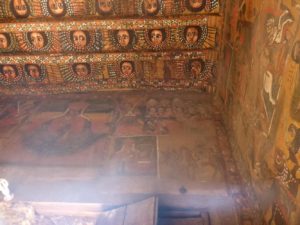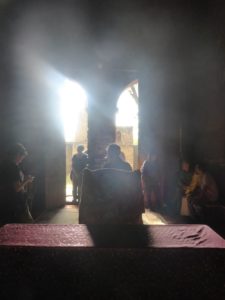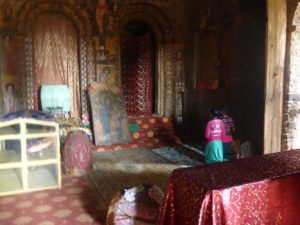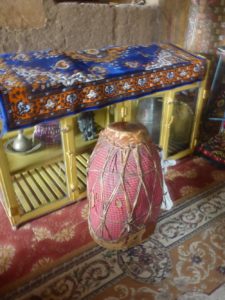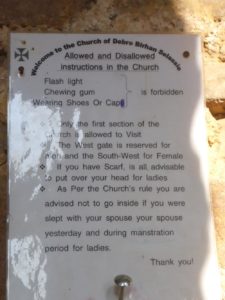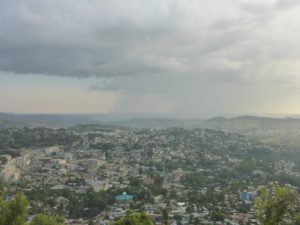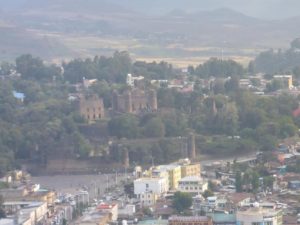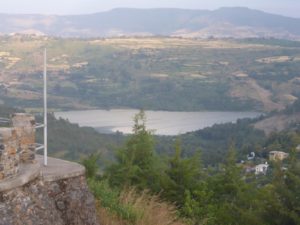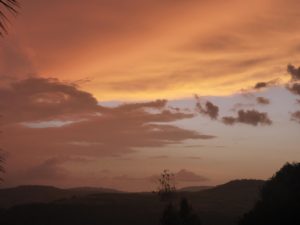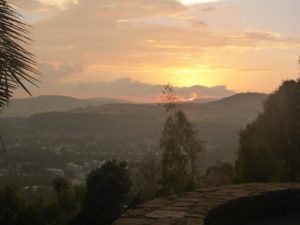
October 13, 2015
Gondar, Ethiopia
Hi,
We were spending some time in Gondar – went to Fasil Ghebbi, the fortified part of Gondar, spend some time in the market, eat some Broad beans…
Most of the Israelis get to Gondar and volunteer. See, there used to be many Jews in Ethiopia: Beta Israel,Falash_Mura, Beta Abraham…
Most of them lived around Gondar and made Aliyah (immigrated to Israel), but some were left behind.
The Israelis that get here volunteer with those communities. Atzva already volunteered and I didn’t have time we skip on it.
We did meat some Jewish Ethiopians that immigrated to Israel and came back for a visit ![]() .
.
We already got used to be treated as foreigners (‘Franji’), the funny part was when the local Ethiopians treated our Israeli-Ethiopians friends also as ‘Franji’![]() . Only after couple of minutes of conversation in Amharic, they manage to convince them they are Ethiopians and not Eritreans…
. Only after couple of minutes of conversation in Amharic, they manage to convince them they are Ethiopians and not Eritreans…
In General, the Ethiopian community in Israel is poor and uneducated. That is the circle of the Aliyah: each new group that comes get into the Israeli society as lowest sociology-economic. In the Factory I work in right now, all the cleaning workers are Ethiopians, some of the security and some of the catering. I haven’t seen except those workers any other Ethiopians in the factory.
During all my studies in the Technion, I only met one Ethiopian. And also he got, was sent there by the army….
Take Care
Gad
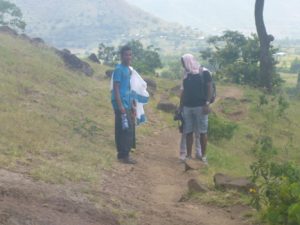
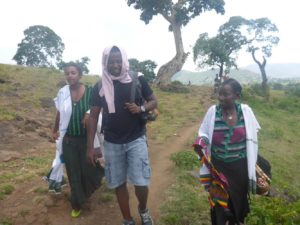 Our Israelis – Ethiopian friends we met here.
Our Israelis – Ethiopian friends we met here.
They came to visit before their marriage.
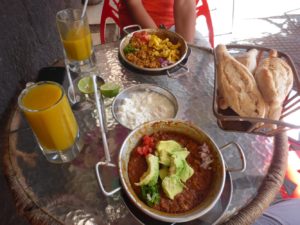 Opening the morning with baqella
Opening the morning with baqella
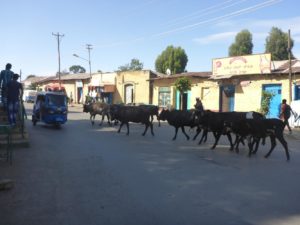
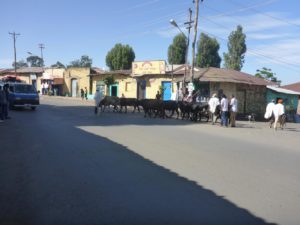 Just a herd of cows in the streets
Just a herd of cows in the streets
Fasil Ghebbi
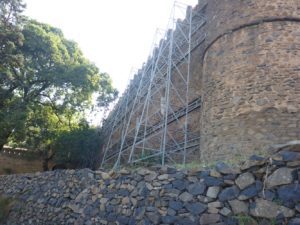 Supports to the walls (I’m not sure it really works)
Supports to the walls (I’m not sure it really works)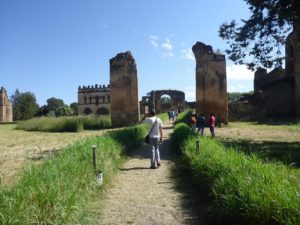
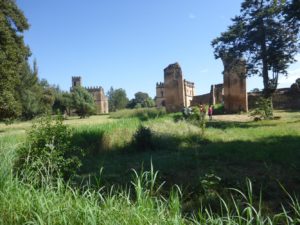
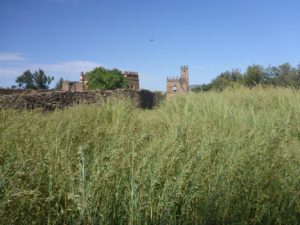
 Inside Fasil Ghebbi
Inside Fasil Ghebbi
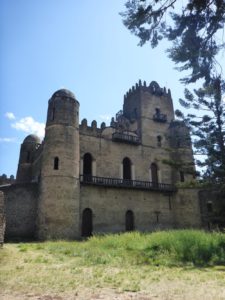
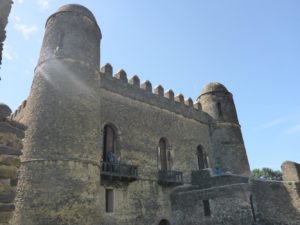
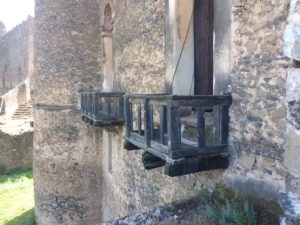
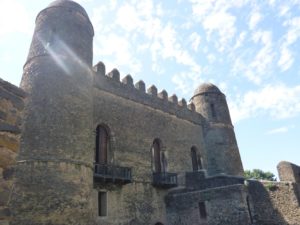
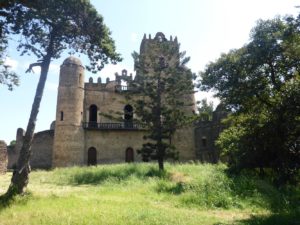 First building – biggest and most impressive Castle – The castle of Emperor Fasil (Alem Seghed Fasil) (ruled between 1632-1667) who founded the compound – from outside
First building – biggest and most impressive Castle – The castle of Emperor Fasil (Alem Seghed Fasil) (ruled between 1632-1667) who founded the compound – from outside
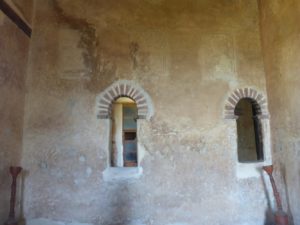
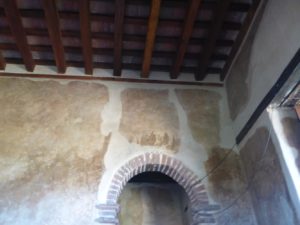
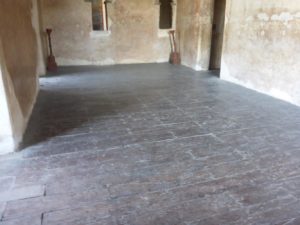
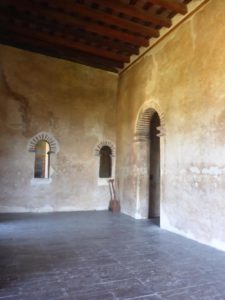
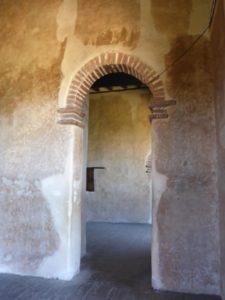
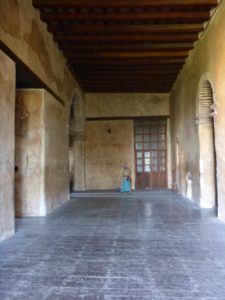 First building – The castle of Emperor Fasil (Alem Seghed Fasil) (ruled between 1632-1667) – from inside
First building – The castle of Emperor Fasil (Alem Seghed Fasil) (ruled between 1632-1667) – from inside
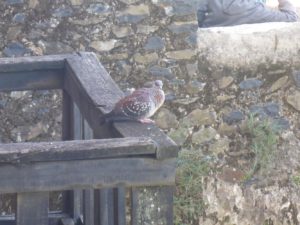 Scary pigeon sitting on the balcony
Scary pigeon sitting on the balcony
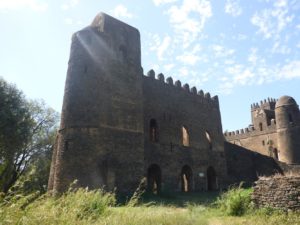
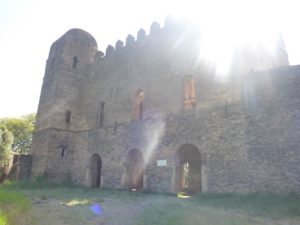
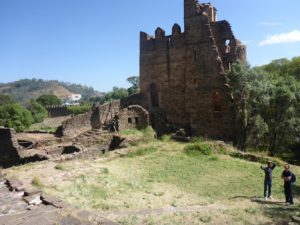 Second building – Asuan Seghediyasu’s castle (ruled between 1682-1706) – from outside
Second building – Asuan Seghediyasu’s castle (ruled between 1682-1706) – from outside
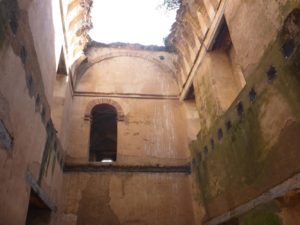 Second building – Asuan Seghediyasu’s castle (ruled between 1682-1706) – from inside
Second building – Asuan Seghediyasu’s castle (ruled between 1682-1706) – from inside
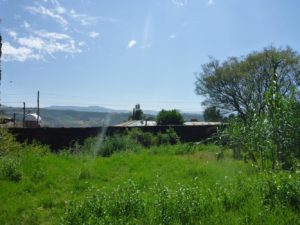 The wall surrounding the compound
The wall surrounding the compound
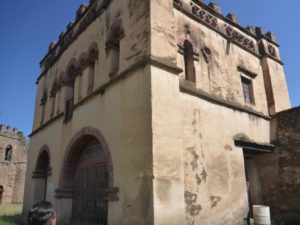 Third Building – The Castle of Yojannes (A-Elaf Seghed Tsaoiku Yojannes) (ruled between 1667-1682) – from outside
Third Building – The Castle of Yojannes (A-Elaf Seghed Tsaoiku Yojannes) (ruled between 1667-1682) – from outside
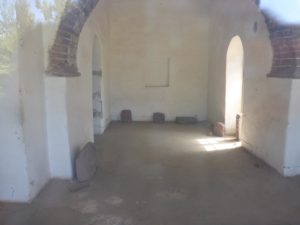 Third Building – The Castle of Yojannes (A-Elaf Seghed Tsaoiku Yojannes) (ruled between 1667-1682) – from inside
Third Building – The Castle of Yojannes (A-Elaf Seghed Tsaoiku Yojannes) (ruled between 1667-1682) – from inside
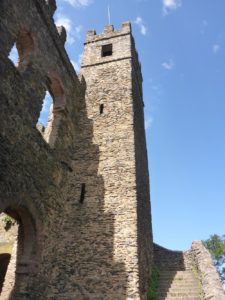
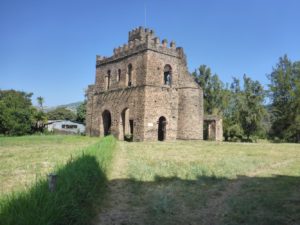 Fourth Building – Fasil’s Archive (ruled between 1632-1667) – from outside
Fourth Building – Fasil’s Archive (ruled between 1632-1667) – from outside
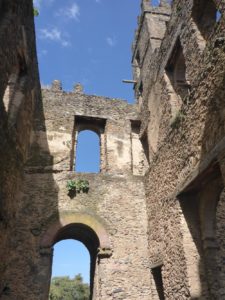 Fourth Building – Fasil’s Archive (ruled between 1632-1667) – from inside
Fourth Building – Fasil’s Archive (ruled between 1632-1667) – from inside
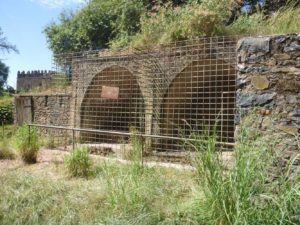
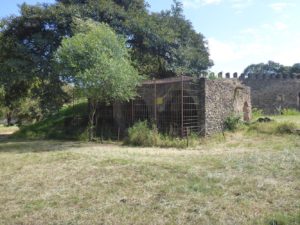
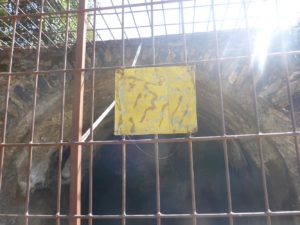
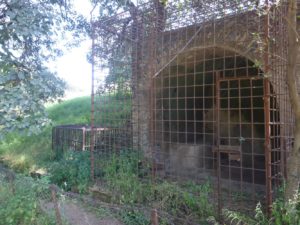
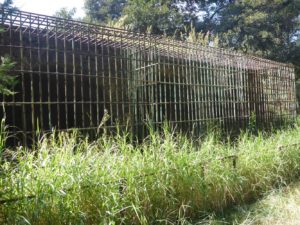 Fifth building – The Lion’s Den
Fifth building – The Lion’s Den ![]()
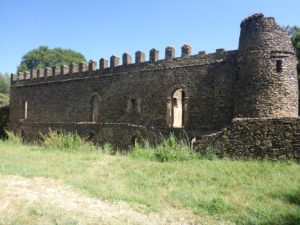
 Sixth building – The castle of Dawit (Adbar-Seghed Dawit Oebal Ghinab) (Ruled between 1716-1721)
Sixth building – The castle of Dawit (Adbar-Seghed Dawit Oebal Ghinab) (Ruled between 1716-1721)
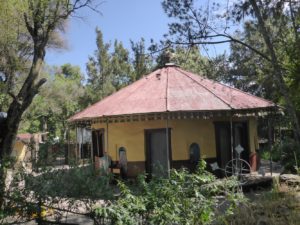 Ethiopian Church outside Fasil Ghebi compound
Ethiopian Church outside Fasil Ghebi compound
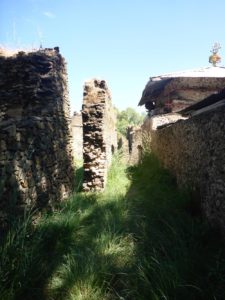
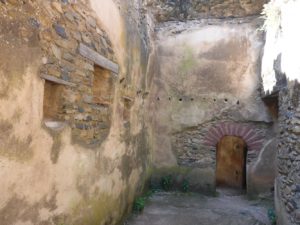
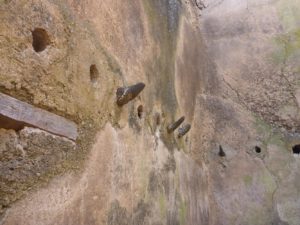
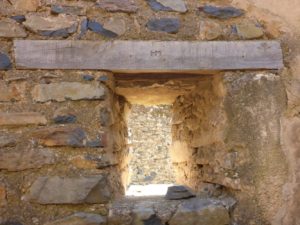 Sixth building – pretty ruin – Fasil Ghebbi
Sixth building – pretty ruin – Fasil Ghebbi
 Sixth building – Looking outside
Sixth building – Looking outside

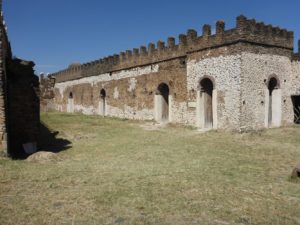 Seventh building – Bekafa’s Castle (Messih-Seghed Bekafa’s) (ruld between 1721-1730) – from outside
Seventh building – Bekafa’s Castle (Messih-Seghed Bekafa’s) (ruld between 1721-1730) – from outside
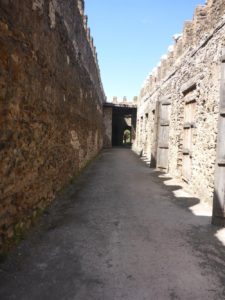
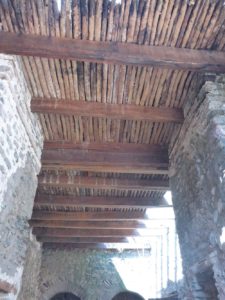
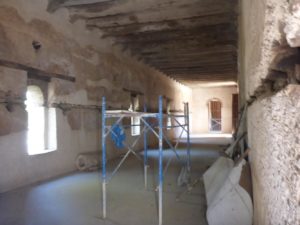 Seventh building – Bekafa’s Castle (Messih-Seghed Bekafa) (ruld between 1721-1730) – from inside
Seventh building – Bekafa’s Castle (Messih-Seghed Bekafa) (ruld between 1721-1730) – from inside
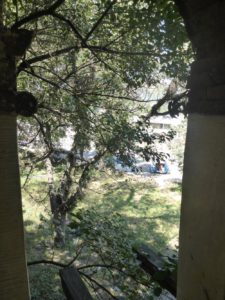
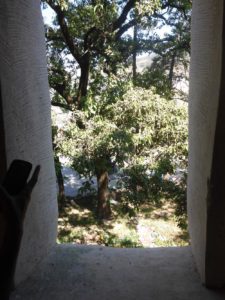
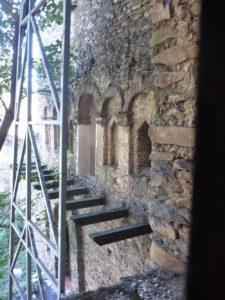 Seventh building – Bekafa’s Castle (Messih-Seghed Bekafa’s) (ruld between 1721-1730) – looking outside
Seventh building – Bekafa’s Castle (Messih-Seghed Bekafa’s) (ruld between 1721-1730) – looking outside
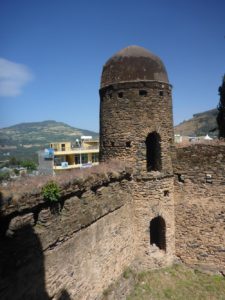 Guarding tower on the wall of the compound
Guarding tower on the wall of the compound
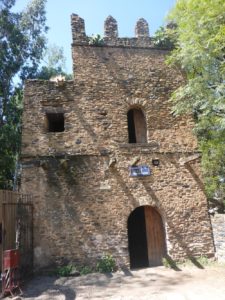

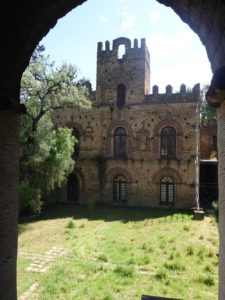
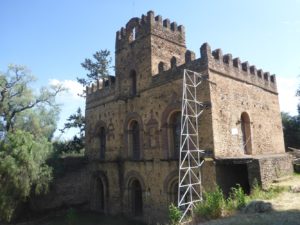
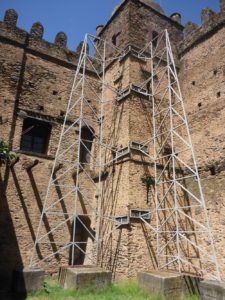
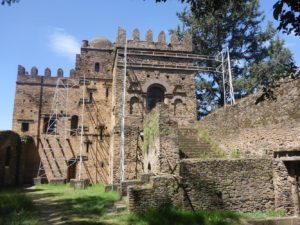 Eigth building – Iyasu’s castle (Birhan Seghed Kuregna Iyasu Anditegie Mintiwab’s) (ruled between 1730-1755) – from outside. It is now used as the site offices.
Eigth building – Iyasu’s castle (Birhan Seghed Kuregna Iyasu Anditegie Mintiwab’s) (ruled between 1730-1755) – from outside. It is now used as the site offices.
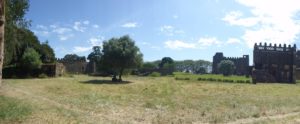 Between the buildings
Between the buildings 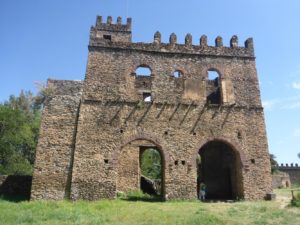
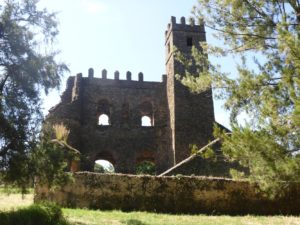 Ninth building – from outside – Fasil Ghebbi
Ninth building – from outside – Fasil Ghebbi
Dbre Birhan Selassie Church
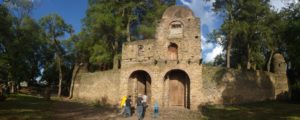
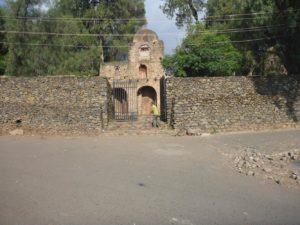 Dbre Birhan Selassie Church – The gate building
Dbre Birhan Selassie Church – The gate building
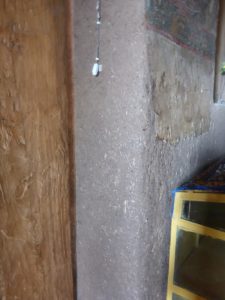 The walls are made from hay and mud – very common in Ethiopia
The walls are made from hay and mud – very common in Ethiopia
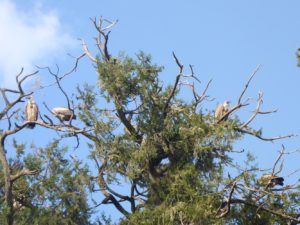 Eagles on the tree outside the church
Eagles on the tree outside the church
Goha hotel

